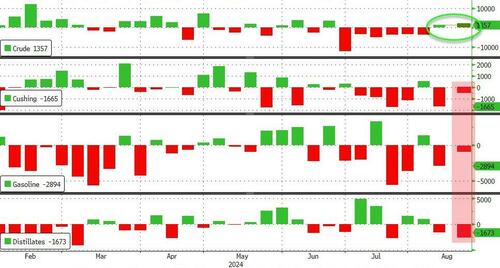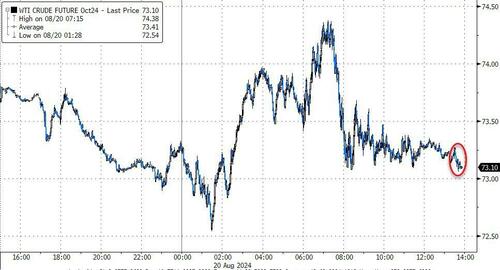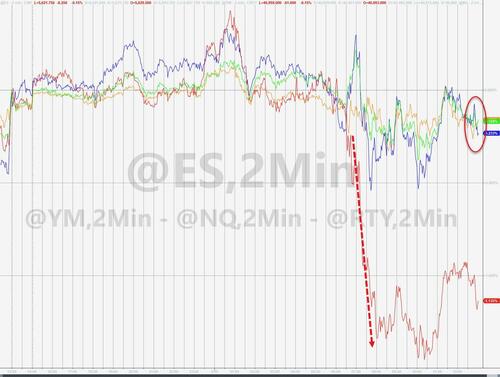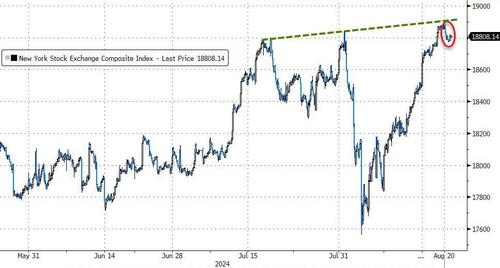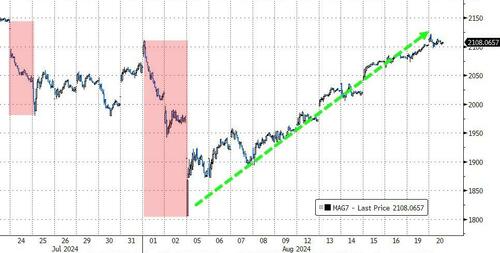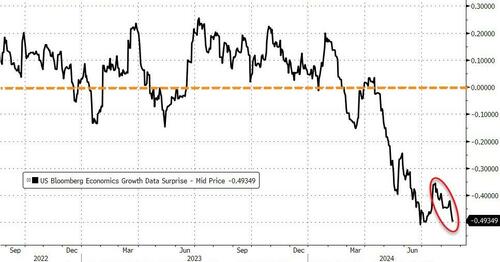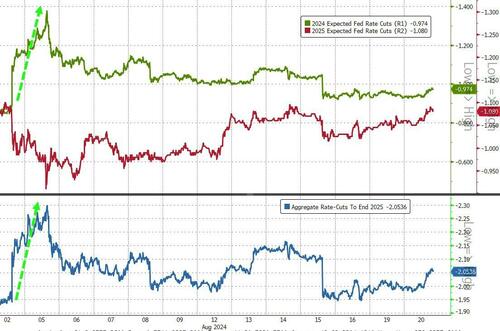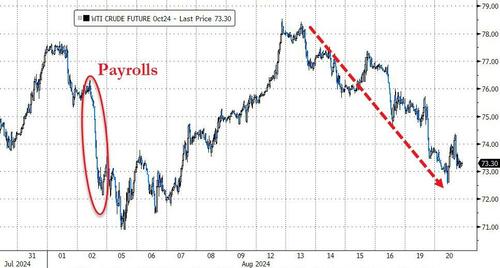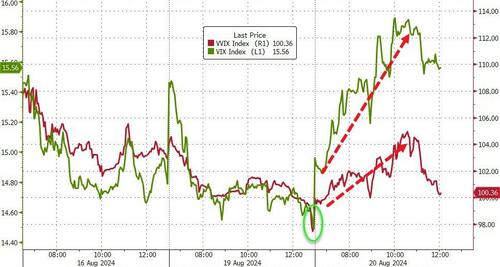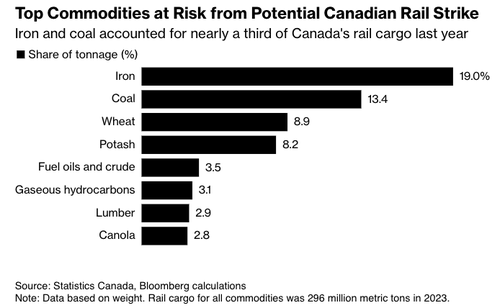Authored by George F. Smith via LewRockwell.com,
The following is derived from a speech in my novel, The Flight of the Barbarous Relic
Wars must be funded, and for this governments functioning as states call upon the banking system for assistance.

Central Bank counterfeiting, which is another name for inflation, is the fuel that energizes the forces of war. Inflation, or counterfeiting, amounts to issuing receipts for something that doesn’t exist, which legally is the prerogative of the central bank. Calling such receipts money allows them to be created in massive amounts quickly. When the US Congress votes to send billions of fiat money to Ukraine, Israel or anywhere else, no one questions the nature of what is being sent because legal tender laws make it all copasetic.
Yet, we should know better.
As to the assumed authority of any assembly in making paper money, or paper of any kind, a legal tender, or in other language, a compulsive payment [Thomas Paine wrote in 1786], it is a most presumptuous attempt at arbitrary power. There can be no such power in a republican government: the people have no freedom, and property no security where this practice can be acted . . .
If anything had, or could have, a value equal to gold and silver, it would require no tender law: and if it had not that value it ought not to have such a law; and, therefore, all tender laws are tyrannical and unjust, and calculated to support fraud and oppression. [emphasis added]
Banks belonging to the Federal Reserve central banking cartel can issue credit based on the Federal Reserve Board’s Regulation D, which specifies “a set of uniform reserve requirements for all depository institutions with transaction accounts,” so that, for instance, if the reserve ratio is 1:10, a bank with $10 million in reserve can issue $100 million in credit. Could you loan $100 to a friend if you only had $10 to spare?
The Fed dropped the reserve ratio to near zero in March, 2020 during the Covid pandemic. I’m tempted to say the Fed would react in a similar manner to a Congressional declaration of war, as required by the Constitution, but the war power of Congress has been neglected since WW II.
We need to keep in mind that lending as such is crucial to our well-being. As one commentator astutely observed, without an international banking system most of us wouldn’t be alive today. Money and banking make possible the division of labor, which has drastically reduced child mortality and raised living standards wherever free markets flourished.
But it’s also true that throughout most of banking history, the banks’ practice of generating unbacked money substitutes prevailed. Invariably, some would go too far and depositors would start showing up at teller windows wanting their notes exchanged for gold. Without enough gold to redeem, many of the banks had to shut their doors. But only temporarily.
For reasons of its own, government took a strong interest in the bankers’ plight and usually issued moratoriums on note redemption. For a period sometimes lasting years, banks were permitted to default on their liabilities to note holders while being allowed to conduct all other banking activities.
Helpful as this privilege was, it wasn’t enough. Banks weren’t always allowed to renege on their promises, their easy credit policies created bankruptcies and recessions, and besides, bank runs were embarrassing. No banker liked seeing crowds swarming at his door demanding what was theirs, even if the law was on his side.
Enter the central bank
Fortunately for American bankers and their political allies, Germany provided an example of an ingenious solution to the dilemma of bank counterfeiting. During the early years of the twentieth century U. S. bankers imported some of their ideas and, meeting at Jekyll Island, Georgia with a few powerful politicians, devised a plan for a banking cartel.
Americans didn’t like cartels or centralized power, the planners realized, so they called their creature a ‘reserve system’ and dressed it up with regional branches to avoid the appearance of a concentration of power. Since no cartel will work without government guns it was decided to attach the name ‘federal’ to it, as well. Thus, the American central bank became known as the Federal Reserve System, or the Fed, signed into law by President Woodrow Wilson on December 23, 1913.
The Fed became an indispensable instrument of profit and power. Beginning in 1914, it cut reserve requirements approximately in half, dropping the ratio from 21 percent to 11 percent, roughly doubling the money supply and permitting both financial aid to the Allies and eventual American entry into the European war in April 1917.
Government, meanwhile, used the war as an excuse to create what one economic historian has aptly called a ‘garrison economy.’ Among other things government took over railroads and communications industries, seized hundreds of manufacturing plants, fixed prices, intervened in hundreds of labor disputes, raised taxes, and conscripted over a million men for military service so they could join the bloodbath over there, in
the European trenches. The Supreme Court, the alleged guardian of the Constitution – which itself is our alleged guardian against an aggressive government – ruled most of the war interventions constitutional, including the draft. Merely questioning the constitutionality of the draft could get you thrown in jail.
Thus, the federal reserve – a government- protected, government-serving, elaborately-cloaked counterfeiting cartel – played a crucial role in converting a peaceful America into a bellicose, interventionist state.
We hear voices calling for patriotism during war. But who exactly were the patriots during ‘the war to end all wars’?
Was it J. P. Morgan, who repeatedly said, ‘Nobody could hate war more than I do’ as he was amassing commissions totaling $30 million as a purchasing agent of war supplies for England and France?
Was it Morgan’s steel, shipbuilding, and powder enterprises that bought controlling interest in, and editorial control over, the country’s 25 most influential newspapers?
Was it President Woodrow Wilson who had won reelection with the slogan ‘he kept us out of war’ then five months later asked Congress to join a war that had already killed five million people?
Was it Senator Robert La Follette of Wisconsin, who rose in the Senate to dissect Wilson’s call for war point by point, arguing that Wilson and his advisors had been colluding with Britain for two years trying to find a pretext for American entry into the fray against England’s enemies?
Was it the senators who spoke after La Follette and for five hours hotly denounced him as ‘pro-German’ and ‘anti-American’?
Was it the majority of Americans who in spite of a well-orchestrated media campaign against Germany still opposed joining the war?
Was it the men who were conscripted and sent overseas, over 100,000 of whom lost their lives?
Was it the industrial firms back home, thousands of miles from the slaughter on the Western Front, whose income tax records showed huge profits during the war years?
Was it the millions here who kept their mouths shut about the war because the Espionage Act of 1917 and its successor, the Sedition Act of 1918, hung a 20-year prison sentence over the heads of Wilson’s critics?
Washington, Jefferson, Madison, and John Quincy Adams are generally considered patriotic, yet they counseled strongly against American entanglement in foreign affairs.
The Fed, and its partner in theft, the income tax, enabled politicians and their financial backers to ignore their warnings.
Have you noticed we’ve been at war almost constantly since the Fed was forced upon us? We had World War I, the Great Depression — which was likened to war by the rulers — World War II, then the umbrella of the Cold War under which two hot wars and various skirmishes were fought.
For a president eager to go to war, the Fed has been a godsend.
The Federal Reserve makes war seem affordable. The media makes war seem patriotic. And in the background, waiting to be fattened, are the politicians’ corporate supporters who profit hugely from foreign invasions.
Have you noticed the economic trends since the Fed took over the money supply? The “elastic currency” today is approaching collapse, and economic calamities live on — the very opposite of the Fed’s alleged raison d’être. Should we be surprised at these outcomes? Of course not. The Fed is fulfilling its mission.
If we truly desire peace and prosperity, we will wipe every trace of central banking and fiat money from the face of the earth. Fiat currencies always bring out the worst in government as it inflates us into war, economic ruin, and autocratic rule.
